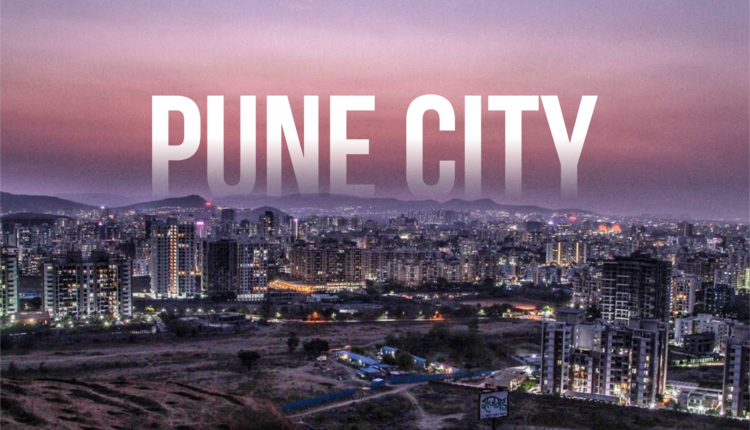THE UPCOMING winter season could see better coordination between various agencies in and around Delhi and the National Capital Region (NCR) to tackle and keep air pollution levels in check. All thanks to a decision by the Commission for Air Quality Management (CAQM) to make effective use of model forecasts and warnings while monitoring pollution levels in real-time.
This could mean good news for the residents of the national capital as it stares at yet another phase of stubble burning during the post-monsoon months — between October and December. Estimates say that 15 per cent of the foul air over Delhi during winter months is because of stubble burning in neighbouring states.
In January this year, the CAQM was constituted with an aim of being a one-point-contact to coordinate actions and track air pollution in Delhi-NCR.
“The CAQM officials will monitor the model forecast and in any situation wherein the AQI slips to ‘poor’ category, the Graded Response Action Plan (GRAP) will be enforced immediately,” said Sachin Ghude, a scientist in aerosol studies at the Pune-based Indian Institute of Tropical Meteorology (IITM) and an expert panellist in the CAQM committee that recently drafted a report with suggestions to curb air pollution menace in Delhi-NCR.
Ghude was part of the IITM team that developed the Air Quality Early Warning System for Delhi, which has been in use since 2018. He said, “The model, which can forecast a significant event upto 72 hours in advance, has an accuracy of about 80 per cent for air quality ranging between ‘poor’ (AQI value between 201 – 300) and ‘very poor’ (AQI value between 301 – 400) categories. It maintains an accuracy of 65 to 70 per cent for air quality categorised as ‘severe’ or above, when the AQI crosses 700 and reaches unprecedented levels of upto 1,500 or 1,600.”
For three consecutive seasons since 2019, the model has functioned with consistent accuracy. A first such GARP was enforced on October 5, in Delhi, coinciding with the culmination of the ten-day Navratra festivities.
On October 5, Delhi’s air saw a sudden spike in air pollution levels and the Air Quality Index (AQI) slipped to 200, in the ‘poor’ category.
“The weather was all good and there was no trigger for the air quality to deteriorate. This event, which lasted only for about 7 to 8 hours, was not captured by our models. Our analysis later revealed that it was a highly localised event, possibly linked to the garbage burning or Dussehra festivities in Delhi on that day,” Ghude said.
A major change, according to another expert, would be the initiation of action — restriction on vehicular entry, temporary ban on construction, among others, will be enforced on an immediate basis. “During earlier seasons, the officials would monitor the air quality for two or three days only after the event had set in. This would delay the initiation of actions for curbing the air quality standards. But this season onwards, there will be real-time monitoring on a daily basis. Efforts will be to prevent the extent of air quality decay by adopting the model-forecasted event and rolling out actions by issuing alerts or notification through multi-agencies,” said another expert from the CAQM panel.
In its report, the CAQM reviewed and examined the current status of actions, cutting across sectors such as industries, power plants, transportation and vehicular emissions, diesel generator sets, dust sources like construction or demolition words, road projects, open areas, municipal solid waste, biomass burning, episodic events like stubble burning or use of firecrackers.
The group came up with a timeline for near permanent solutions to cut air pollution spanning NCT of Delhi, NCR districts — Gurugram, Faridabad, Sonipat, Jhajjar, Rohtak, Ghaziabad, Gautam Buddh Nagar, Baghpat, other NCR districts, Punjab and non-NCR districts of Haryana (for stubble burning). They have identified areas of improvement in the infrastructure and systems, strengthening regulatory and institutional capacity and strategies for compliance and enforcement and enabling funding. Since 2015, the Delhi-NCR region has been covered with a network of air quality monitoring stations of which 65 are manual and the rest are automatic, taking real-time measurements.
Delhi, even after the stabilisation and a downward trend in PM2.5 levels, requires about 60 per cent reduction to meet the National Ambient Air Quality Standards (NAAQS). Whereas Ghaziabad, Faridabad, Noida and Greater Noida and Gurugram, with higher pollution levels than the regional average, needed reduction in the range of 54-66 per cent. Smaller towns in the NCR, such as Ballabhgarh, Meerut, Bulandshahr and Rohtak, among others, have comparatively lower pollution levels but requires a reduction in the range of 48-58 per cent to meet the NAAQS, the report noted.
Most monitoring stations are located in urban areas, with 50 per cent automatic stations in Delhi and the rest in Faridabad, Gautam Buddh Nagar, Ghaziabad and Gurugram. All the remaining NCR districts have only one monitoring station each. Of the 65 manual stations in NCR, only 20 measure Particulate Matter (PM) 2.5m, the finest dust particle.


